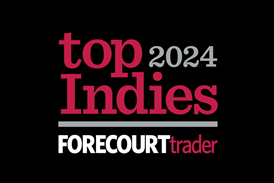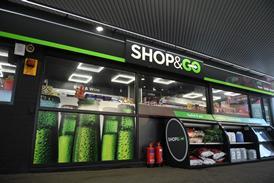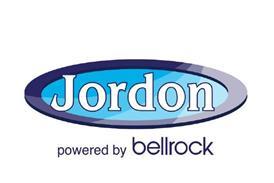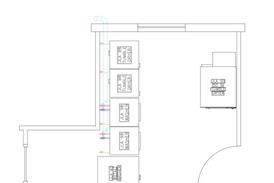
Expect to see a mix of refuelling options – including EV, hydrogen, liquefied natural gas (LNG) and compressed natural gas (CNG), alongside petrol and diesel – at forecourts of the future, says Cedric Herbreteau, director of clean energy at Dover Fueling Solutions.
According to Forecourt Trader’s recently-published Fuel Market Review, there are 8,337 petrol stations operating across the UK with facilities spanning conventional fuel dispensers and cleaner energy alternatives.
However, with the Government committing to banning sales of new internal combustion engine (ICE) vehicles from 2030, the configuration of these stations will change considerably.
In line with the Government’s Zero Emission Vehicle mandate, we will unquestionably see greater adoption of electric vehicles (EVs), fuel cell electric vehicles (FCEVs) which are powered by hydrogen, and other clean fuelled transport.
Nevertheless, with ICE vehicles likely to remain on roads well into the 2040s, fuelling stations will evolve to cater towards all fuel types simultaneously.
How will forecourts change?
The UK made headlines in February this year for selling its millionth battery-powered electric car, a milestone on the road to net zero.
Hydrogen transport has become more feasible, with the UK’s first FCEVs hitting British roads and a further £11 billion in private investment expected by 2030.
A move towards cleaner fuel types changes the complexion of the traditional forecourt massively with greater accessibility and infrastructure needed to cater towards future demand.
Expect to see a mix of refuelling options available – including EV, hydrogen, liquefied natural gas (LNG) and compressed natural gas (CNG) – at the stations of the future alongside petrol and diesel facilities.
An evolved convenience store offering
As the refuelling experience evolves, so will consumer attitudes to the forecourt retail experience.
Some forecasters predict that a renewed focus on cleaner fuels will also put pressure on fuel retailers to provide a more sustainable offering within their convenience stores. This could include a more environmentally-friendly product range, and utilities powered by renewable energies, as well as new AI-driven, intuitive payment systems and platforms.
Modernising the pump will likely include a mix of biofuels and hydrogen for passenger fleets and heavy-equipment operators, as well as a burgeoning demand for EV charging facilities in the business to consumer passenger car market.
The increased dwell time associated with EV charging offers an enormous opportunity for retailers. Even the fastest public chargers will take at least 20 minutes to charge meaning customers have more time to spend across retail, entertainment and food and beverage stores.
It’s likely that old-world motorway convenience stores will transform into larger-scale ‘retail hubs’ to capitalise on this. By leveraging customer loyalty schemes, convenience stores can become a one-stop-shop for other services such as click & collect, remote working, online returns, postal services and shopping.
Multi-fuelling stations
While infrastructure is certainly improving, cleaner fuelled transport is still heavily outnumbered by ICE vehicles with petrol retaining a top market share.
A shift to cleaner fuels certainly won’t mean the death of petrol stations. Over the next decade, there will still be many motorists who haven’t yet made the switch. The average lifespan of an EU ICE car is currently 12 years meaning these vehicles could still be on the road in the late 2040s.
Many petrol and diesel nozzles will need to remain in operation to refuel the remainder of this car population so forecourt owners will need to carefully balance the demands of all of their customers during this period of transition.
One solution could be to invest in transitional fuels. In comparison to conventional fossil fuels, such as petrol and diesel, a transitional fuel helps to reduce greenhouse gas emissions. Leading examples include natural gas variants: CNG and LNG.
They help to reduce tail pipe emissions and provide a viable economic alternative to petrol and diesel as the EV and hydrogen infrastructure improves. CNG is a solid choice for lighter duty vehicle applications, with LNG more suited to more demanding, long-haul transportation.
Maintaining a winning mix of all of these refuelling types will likely be the key to success when future-proofing your forecourt.
Conclusion
The landscape of UK refuelling is set to undergo significant transformation as the country drives towards its 2030 target. While traditional petrol stations currently dominate, future forecourts will see a mix of various fuelling options and a wider retail offering.
Ensuring your forecourt remains versatile and sustainable will be the key to success.
Dover Fueling Solutions is a provider of advanced energy dispensing equipment, electronic automation, point-of-sale and payment systems, automatic tank gauging and subscription solutions to fueling and convenience retail customers worldwide.
















